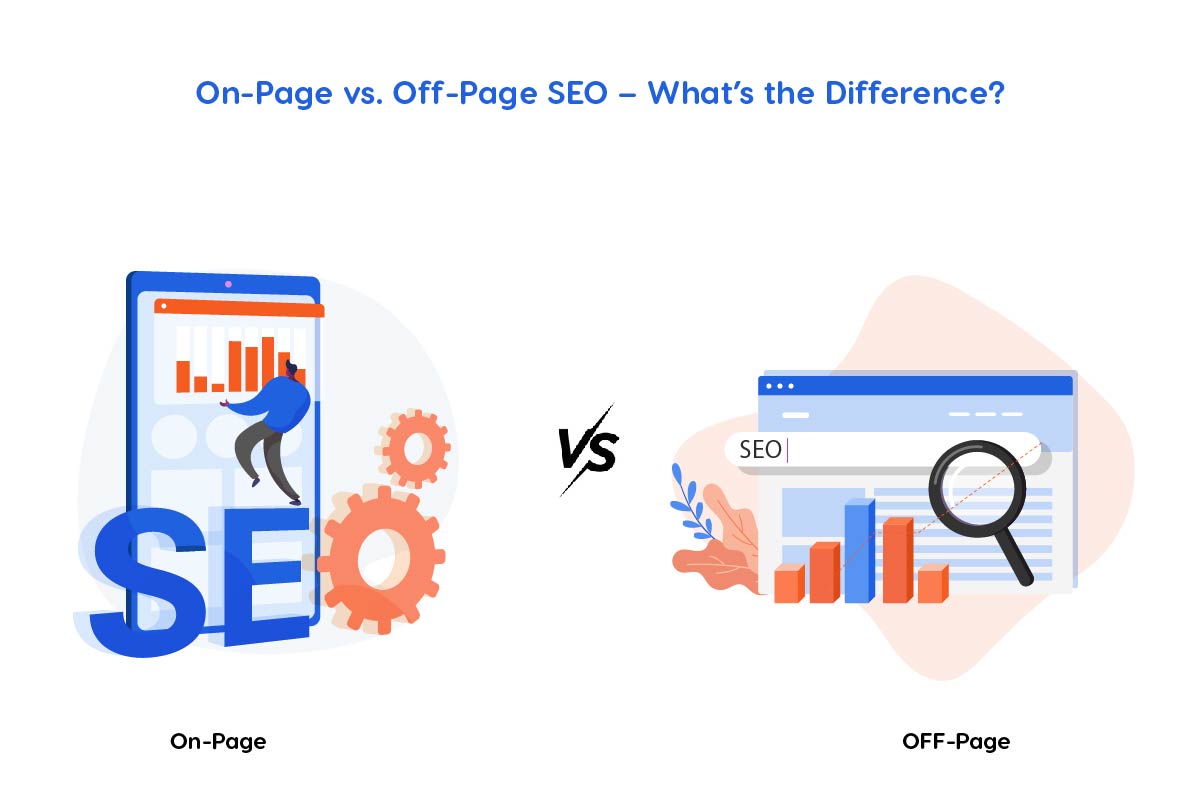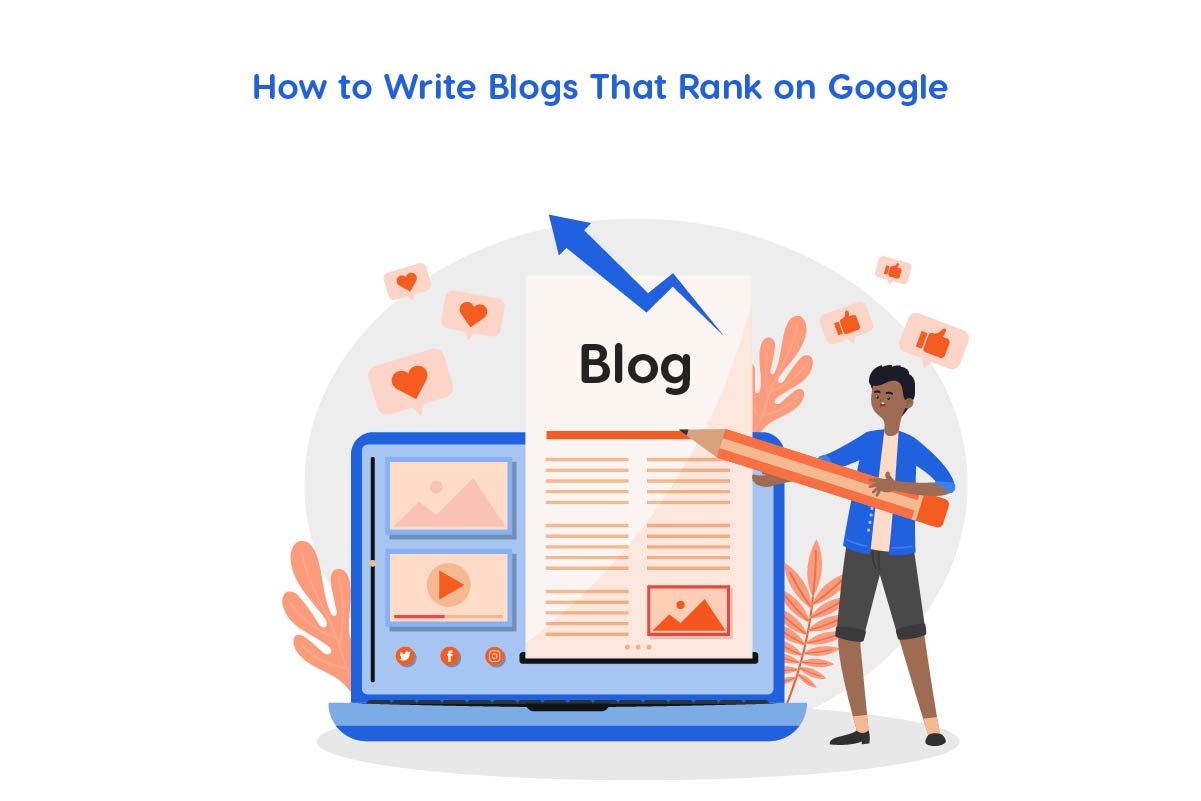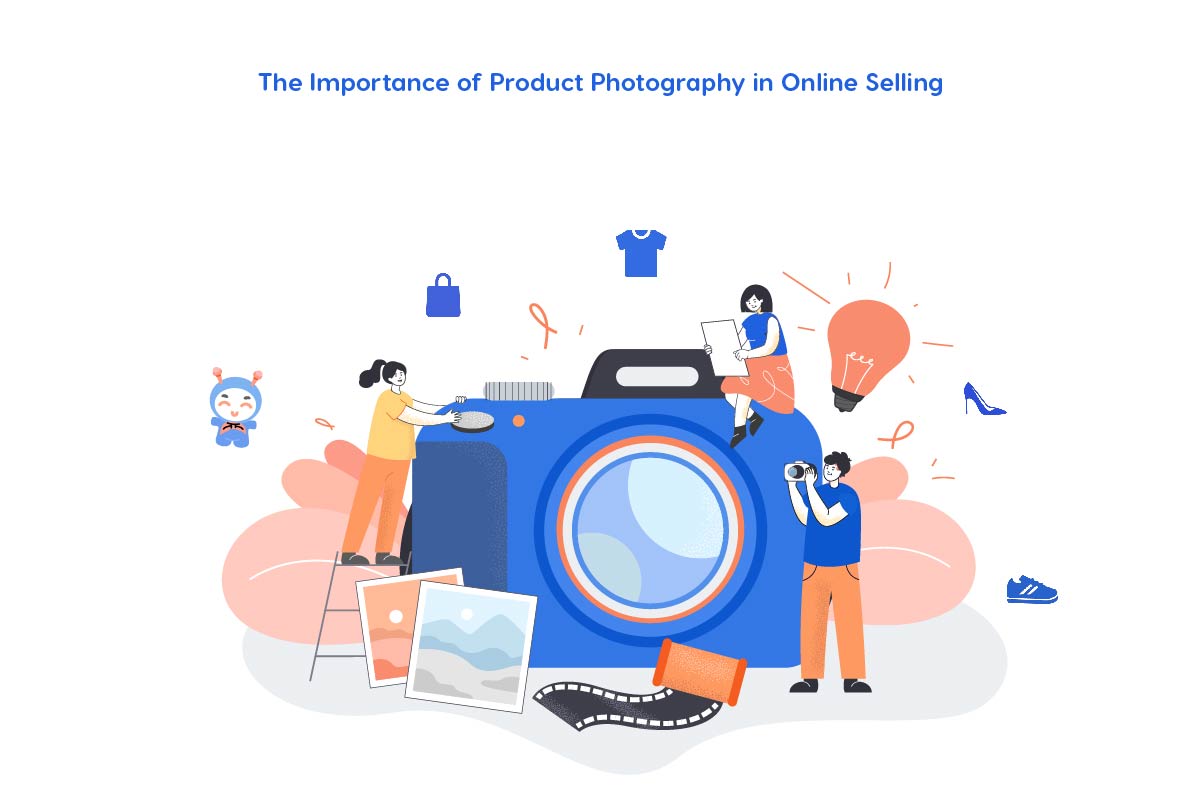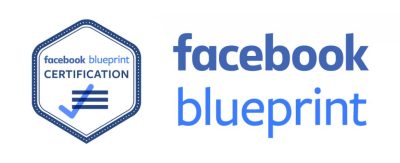Every click, impression and conversion counts in the digital marketing fast moving world. Most businesses use a significant part of their marketing budget on paid advertisement yet not all advertisements work equally. This is where A/B testing, or split testing as it is also called, comes in. It can assist the marketers to compare two versions of an advertisement and identify which one will lead to better outcomes. It can be the difference between spending money and getting strong results regardless of whether you are running Facebook, Google, or Instagram adverts.

What Is A/B Testing in Advertising?
A/B testing is a technique in which you have two or more versions of an advertisement and display them to various groups of your customers to determine which of them is most successful.
For example:
- Ad A can be having a single headline,
- Ad B employs another image or headline.
Once both versions have been run, the one that provides greater engagement, number of clicks or conversions is determined the winner. The approach will help in making evidence-based decisions rather than guesses.
The Reason behind A/B Testing in Advertising
Improves Ad Performance
Testing can help you to determine what works best with your audience; be it the visuals, words, or call-to-action (CTA). It assists in making your ad more fine-tuned so that it works better with time.
Reduces Wasted Ad Spend
In the absence of testing, you may keep on running an ineffective advertisement that is consuming your funds. A/B testing would make sure that you are spending your money on the version that is most effective, which would enhance ROI and prevent any unwarranted expenses.
Increases Audience Reception
Split testing will give you important information on the preferences of your target audience. You will also be able to understand what tone, design, or offers your audience will react to, which will enable you to make your further campaigns more personal and engaging.
Boosts Conversion Rates
By tracking down the most successful aspects of that, e.g. the appropriate CTA, headline or image, the conversion rates are just bound to increase. The slightest rise in the rates of click-through (CTR) can contribute to the drastic increase in sale or leads.
Facilities Data-Driven Decisions
A/B testing substitutes assumptions with actual performance figures. This enables the marketer to make the right decisions, develop better strategies, and keep enhancing the campaign results.
Key Elements You Can Test
Here are a few ad components that are commonly tested:
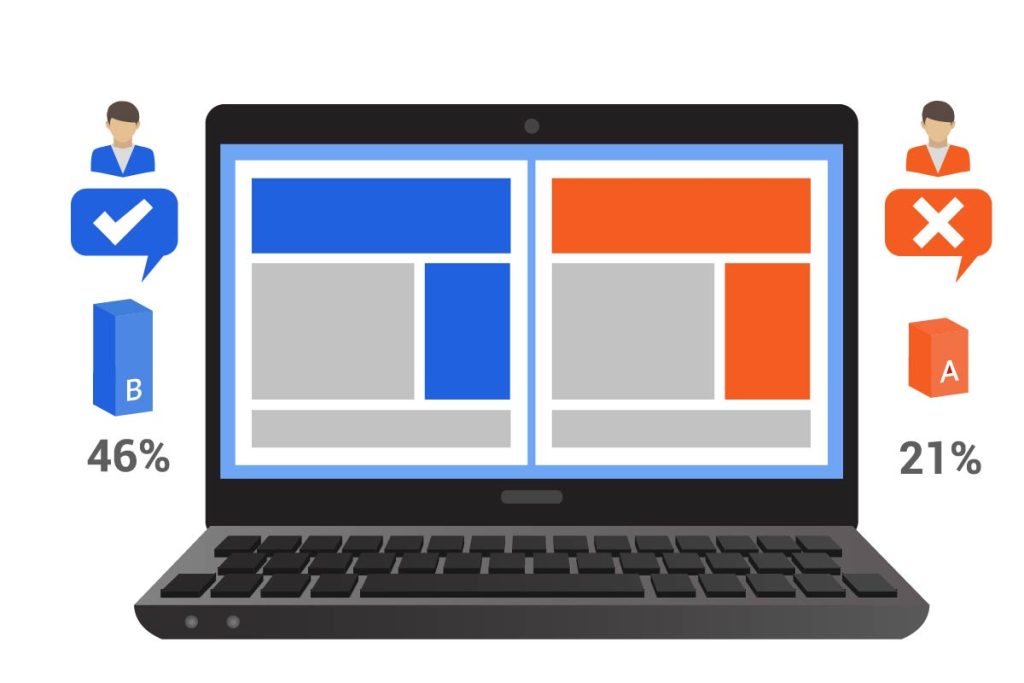
How to Run an Effective A/B Test
Set a Clear Goal
Decide what you want to improve (CTR, conversions, engagement, etc.).
Change One Element at a Time
Testing multiple changes at once makes it hard to see what caused the difference.
Run the Test Long Enough
Give each version enough time to gather meaningful data.
Analyze Results Carefully
Review performance metrics and identify why one ad outperformed the other.
Implement and Repeat
Use the winning version and keep testing new ideas for continuous improvement.
Common Mistakes to Avoid
- Testing too many elements at once.
- Stopping the test too early.
- Ignoring statistical significance.
- Not aligning the test with campaign goals.
Final Thoughts
A/B testing is not just a marketing tactic. It is a strategy for growth. It helps advertisers understand what truly connects with their audience and ensures every dollar spent brings maximum value. Whether you’re a small business owner or a marketing professional, consistent A/B testing can transform your ad performance, improve conversions, and build stronger campaigns over time.
